In a Blow to Public Health, EPA Delays Strengthening Ozone Standards
Union of Concerned Scientists
OCTOBER 12, 2023
Despite clear recommendations from its own science advisors, the US Environmental Protection Agency (EPA) announced over the summer that it will delay its scheduled process to consider strengthening public health standards for ground-level ozone pollution. The stakes over ground-level ozone standard are high.



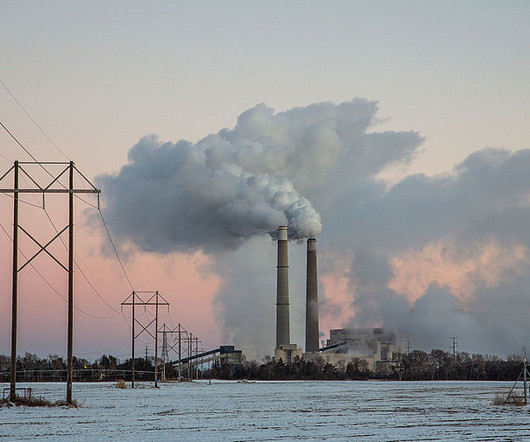



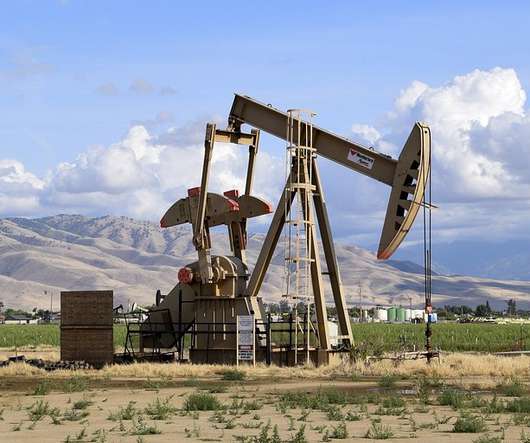

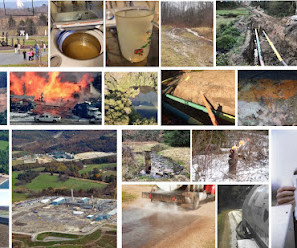


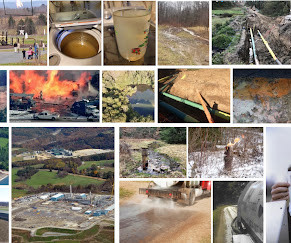

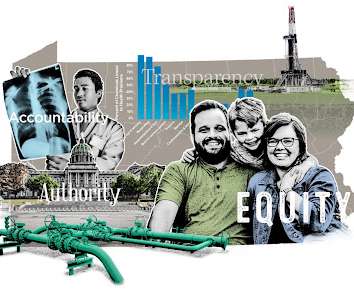







Let's personalize your content